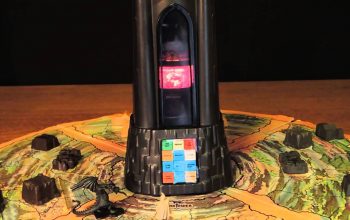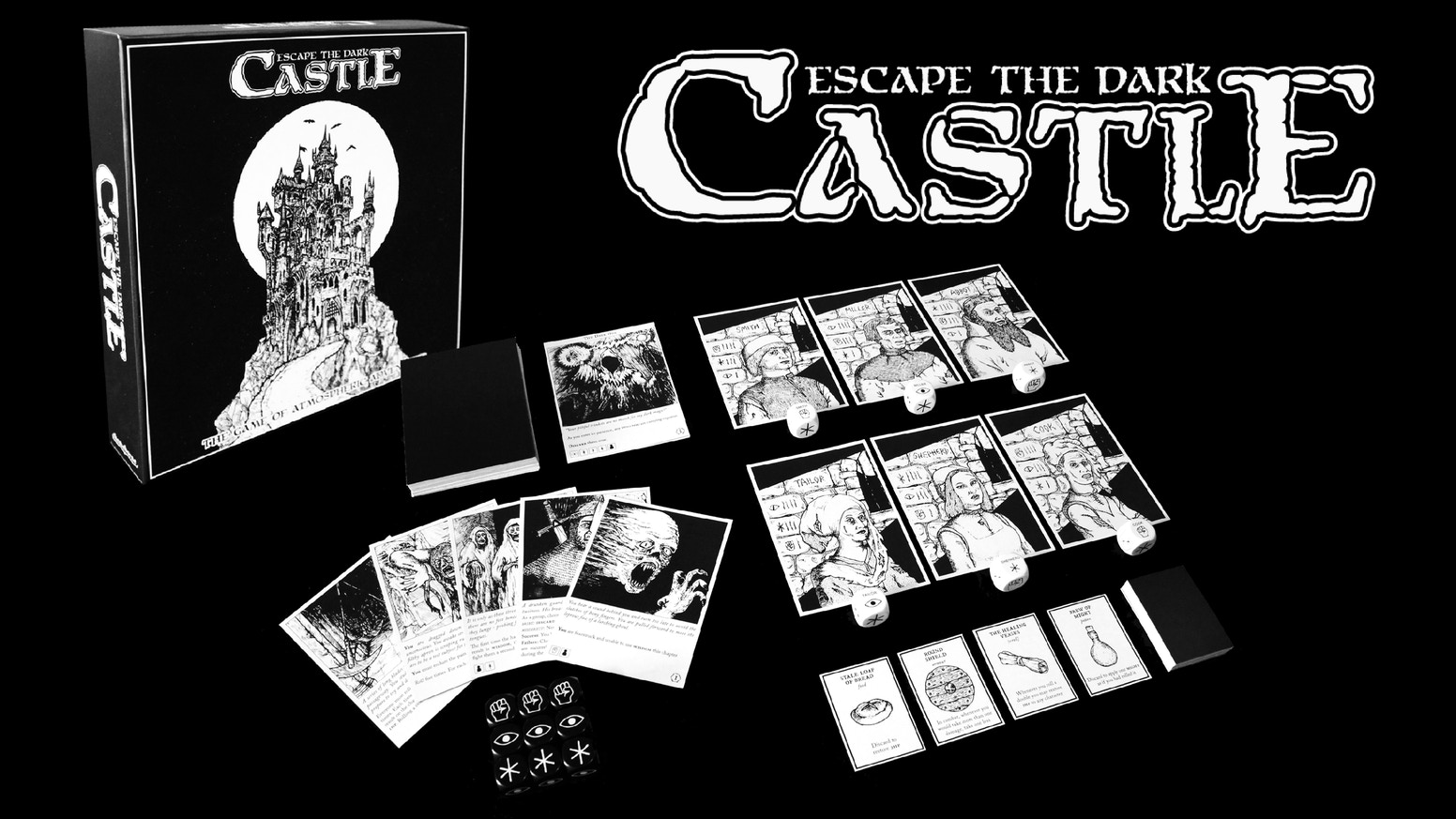I love games with emergent story. I recently bought a copy of Above and Below which I hear has a really great emergent story component, and I was a bit surprised when I discovered that it’s a competitive multiplayer game. But before we get there, let’s define what the heck emergent story is. A quick internet search turns up this definition:
Emergent narratives are stories that are not authored by a single person or by any person really. They are stories that emerge from the interaction between players and the systems that govern gameplay.
The term is more commonly used with video games, but a few board games do embrace the concept. When I think of board games that have emergent story I think of games like Barbarian Prince or How to Host a Dungeon. Both of these are single-player games with strong roots in roleplaying games. Roleplaying games themselves often walk the line between emergent and a priori story, and certainly many indie RPGs push heavily in the emergent direction (I’m looking at you, Fall of Magic), but that’s a whole other topic. Today I’m thinking of board games, so let’s continue.
The funny thing is that while the games I listed are intended to be played single player, I’ve had the most fun playing them with two people. There’s no real rules for these games to be played this way, but the format comes pretty naturally. I’ve played games where one person is rules-keeper and one person is decision-maker, but often you can find ways to split the bookkeeping duties and it seems impossible to have one person make all the choices without any discussion.
It’s that discussion that I find is the magic of producing emergent story. Sometimes the discussions focus on what is most strategically advantageous, but more often they seem to circle around “what makes the most sense.” Of course, “making sense” is really just code for “creates a satisfying narrative”. To do that we have to find connections, looking for patterns in the random elements the gameplay systems have presented. Humans are excellent at finding patterns, even where none exist. This is called apophenia, and is perhaps most recognizable in the gambler’s fallacy.
One of the classic examples of apophenia is seeing shapes in the clouds, an activity I think we are far more likely to do in company than by ourselves. Egging each other on we find way more shapes than we would on our own. I would go so far as to hypothesize that two people could probably produce more than twice as many patterns from random data together than the sum of doing so individually. Hm, surely some psych student somewhere has performed an experiment on this?
OK, lest I go too far down down the academic road, let me bring it back to board games. As I considered all this, I realized that making a game inherently multiplayer is probably an excellent way to achieve emergent story. I’m not sure if this is what the creators of Above and Below were after, I haven’t actually gotten to play the game yet, but if so it seems a pretty clever strategy to me.
The competitive part still strikes me as odd. In fact, I’ve felt this dissonance every time I’ve played the game Once Upon a Time. The competitive nature seems down right jarring with the desire to cooperatively work on a single coherent narrative. That said, the idea of multiplayer cooperative game with emergent story sounds great. Do such things exist? Or have I just circled back to describing roleplaying games?



“Regular” D&D lends itself to emergent story as well. The less the Referee feeds the players, the more they fill in for themselves.
This is not the style of play every table craves but it works with some tables.
I completely agree, and in fact it’s exactly the way I prefer to play. But it’s definitely not codified in the rules specifically, as it is say in a game like Fate or Fiasco.